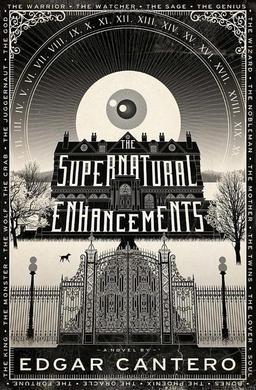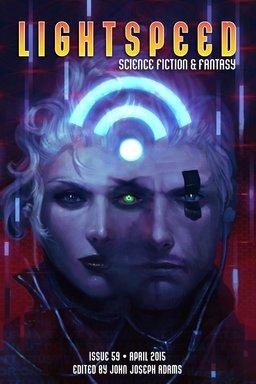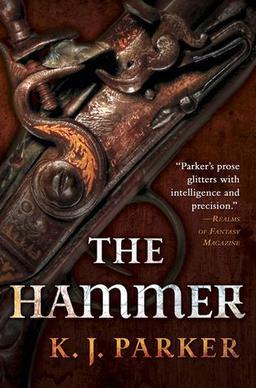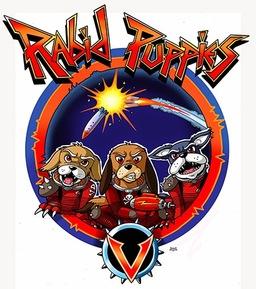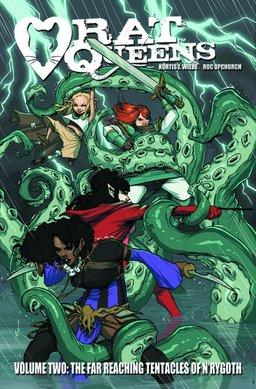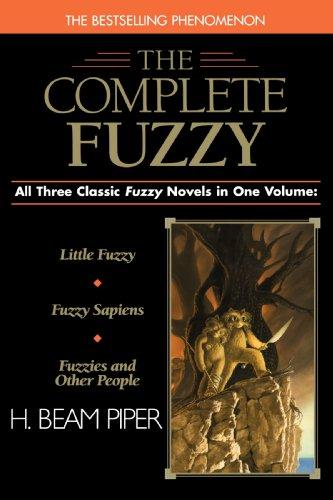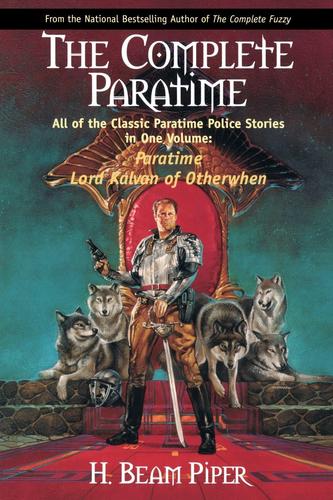The Best Pulp Horror and Weird Tales: The Fantasy Catalog of Hippocampus Press
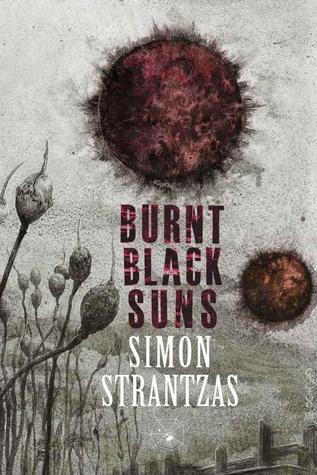 |
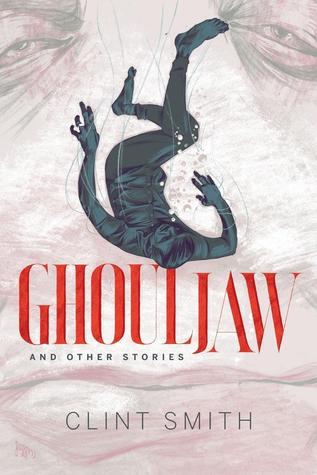 |
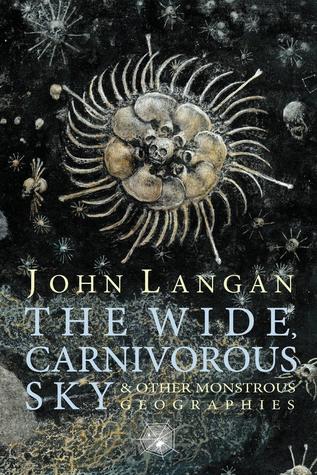 |
When I returned from the World Fantasy Convention in Washington last November, the first thing I did was write about all the great discoveries I made in the Dealer’s Room.
I’m not just talking about rare and wonderful old books (although those were pretty damn cool, too.) I mean the smorgasbord of small press publishers who’d come from far and wide to display an incredible bevy of treasures, piled high on table after table after table. Seriously, it was like walking through Aladdin’s Cave of Wonders, except air conditioned and with decent carpeting.
One of the great discoveries I made was Hippocampus Press, a small publisher founded by Derrick Hussey in New York City in 1999. Their table was groaning under the weight of dozens of fabulous collections, horror anthologies, entertaining and informative journals, and stranger and more marvelous things. They specialize in classic horror and science fiction, with an “emphasis on the works of H. P. Lovecraft and other pulp writers of the 1920s and 1930s,” as well as critical studies of folks like Lovecraft, Clark Ashton Smith, and William Hope Hodgson.
I brought home a copy of their 2014 Simon Strantzas collection, Burnt Black Suns, and told you about it here. Today I’d like to take a few moments to re-create what it was like to stand in front of the Hippocampus table and take in their extraordinary output, the product of over a decade of tireless dedication to classic weird tales (and great cover design.)
